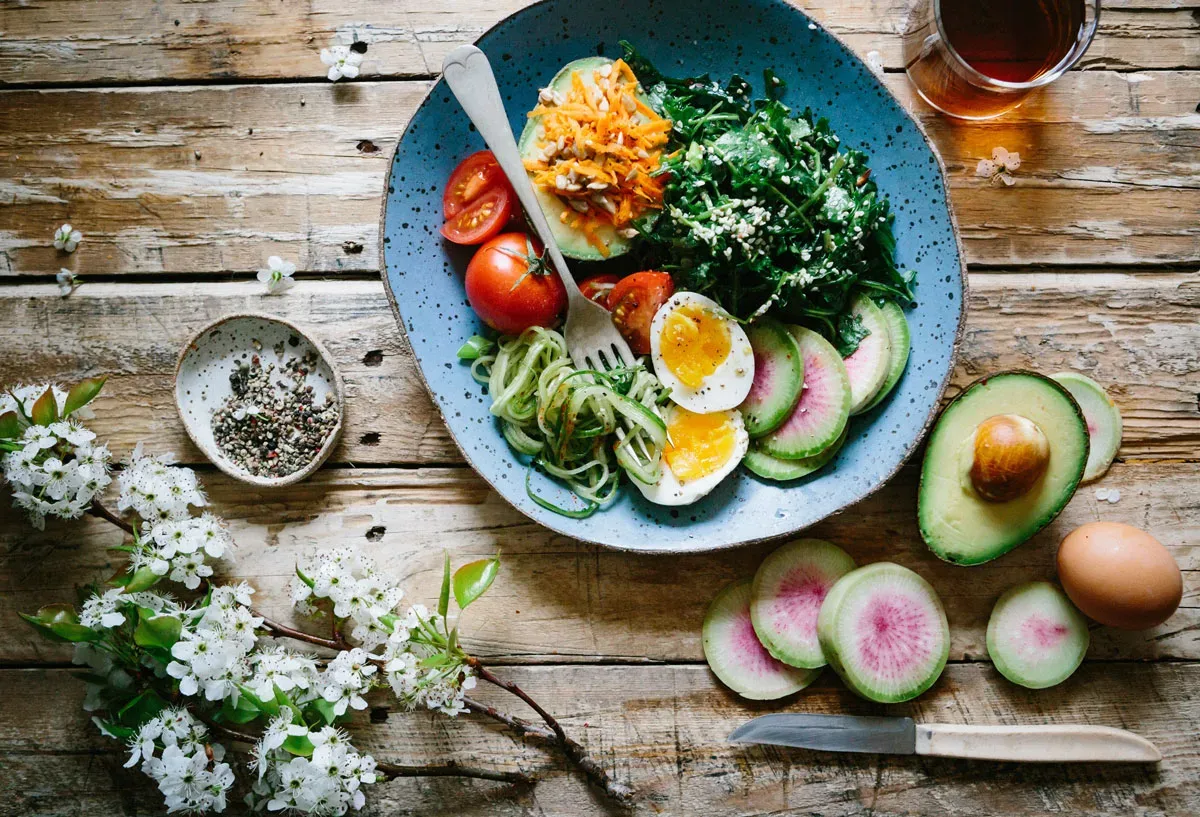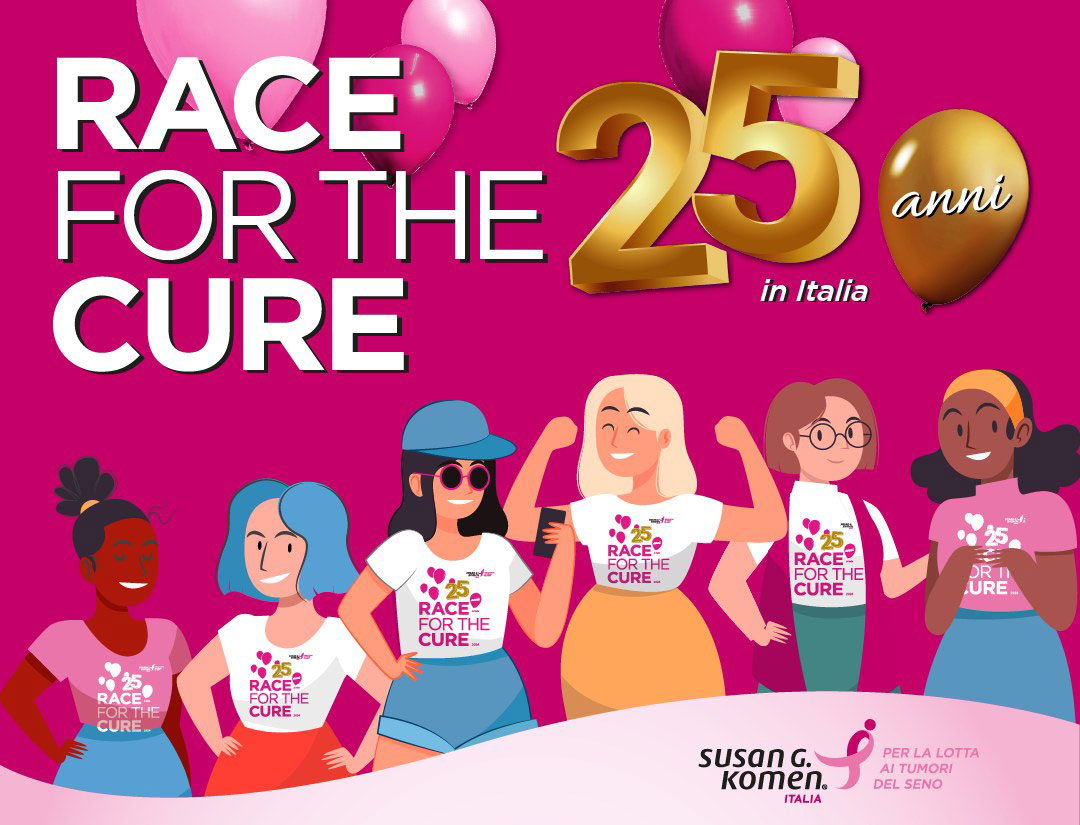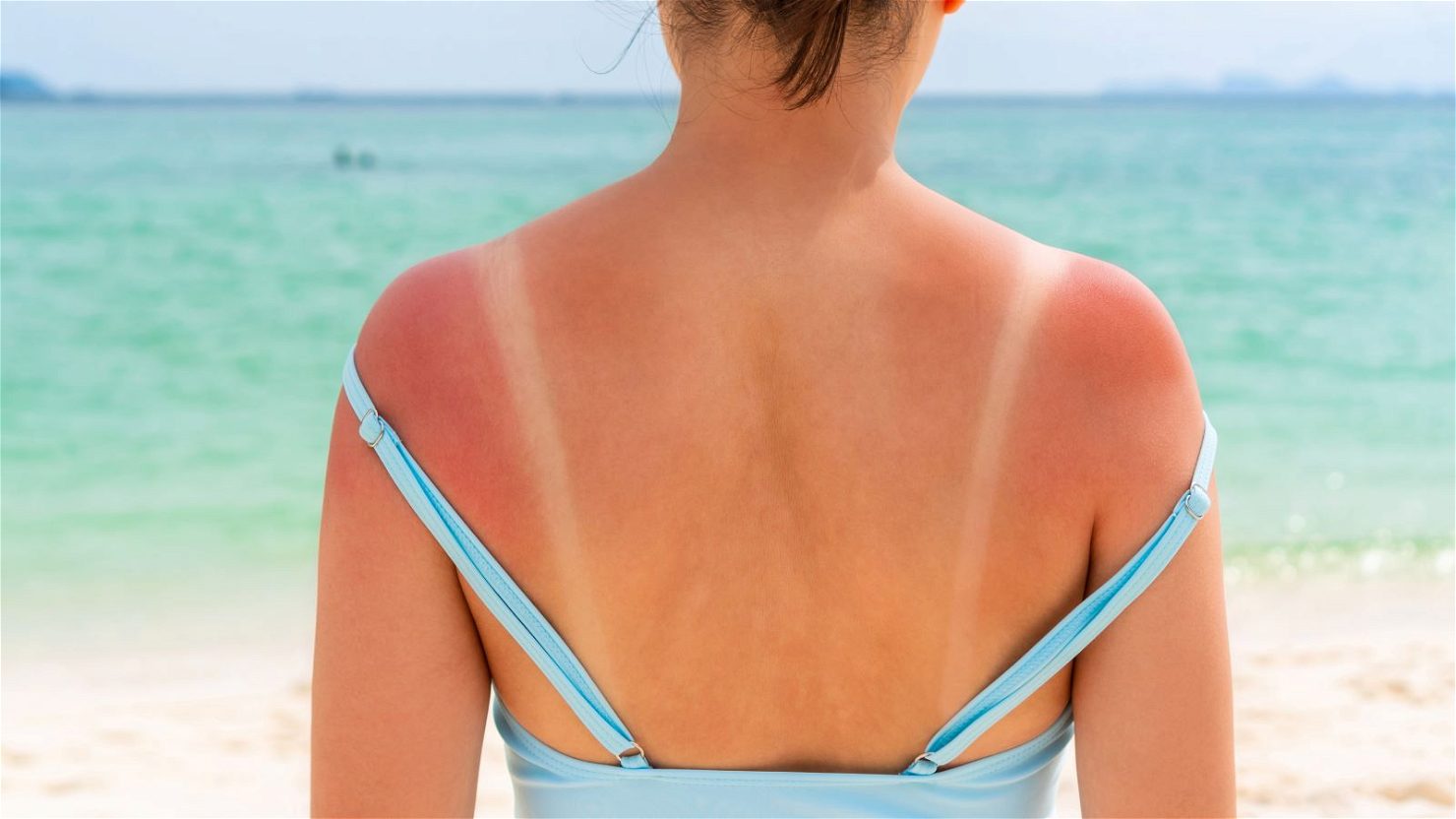Eating healthy while traveling might sound impracticable, but it is important to have nutritious meals to feel your best. Learn how to eat healthily and the best options to choose from in Italian cuisine.
Eating healthy while traveling is a vital element most people overlook due to multiple but vincible reasons. For most people, traveling implies indulging in food, especially when trying new cultural dishes, budgeting for cheaper options such as carbohydrates, and binge drinking which all negatively affect the diet. These are difficult obstacles to avoid, but with knowledge and discipline eating healthier is feasible.
The best way to eat healthily is by cooking your own meals. This is not ideal since most hotels and hostels do not include a furnished kitchen, however, if your accommodation includes a kitchen, go buy fresh and local ingredients to cook some authentic dishes! Cooking for yourself ensures what you consume and also saves a lot of money. If you do not have the time or place to cook, eating out can also be done healthy.
Restaurants in Italy might seem like a difficult place to eat healthy considering the carb-heavy dishes of pasta, pizza, and gelato but their Italian-Mediterannean diet revolves around vegetables, fish, and beans. Here are some options to look out for when eating out at restaurants: For pasta, ask for whole wheat, farro, or fregola that is higher in protein, fiber, and complex carbohydrates compared to white pasta. For the sauces, stick to the red sauce instead of cream sauces; the tomato base is a great source of lycopene. When ordering wine and drinks, a five-ounce glass of red wine will suffice and provide powerful antioxidants. For coffee lovers, Italian espresso contains almost no calories; if espresso is too strong, order a macchiato instead of a latte or cappuccino which is an espresso with foam on top. Lastly, desserts, pastries, and gelato are unavoidable treats to enjoy in smaller portions. For pastries, order biscottis instead of cannolis, for desserts, order a panna cotta or zabaglione instead of a tiramisu, and for gelato, it is a better option than traditional ice cream so small portions are okay, even better order sorbet!
Do not forget to hydrate throughout the day with lots of safe-drinking water. Tap water in Italy is safe to drink; there are fountains laid around most cities where you can fill up your bottle for free. Also packing healthy snacks such as dried nuts or fruits can help you save on extra sugar or carbs you did not need to intake when hungry between mealtimes. Italian mealtimes are also a later in the night around 20:00-21:30 so snacks might be necessary while waiting for restaurants to open or to eat like a local.




